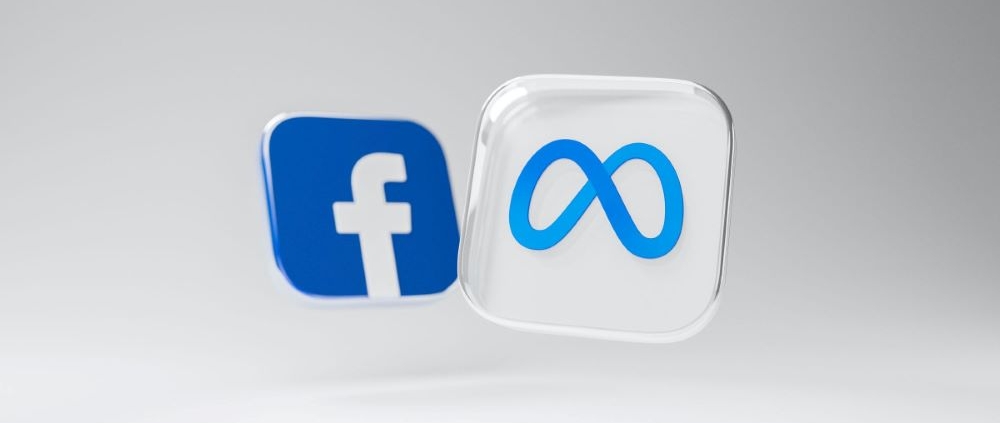Meta has announced the introduction of I-JEPA, an AI model that generate images that can create the most human-like images so far and is “a step closer to human-level intelligence in AI”.
Overcomes Previous Limitations
Meta says that the I-JEPA model is based on its Chief AI Scientist, Yann LeCun’s vision for more human-like AI and that it can “overcome key limitations of even the most advanced AI systems today”.
What Does It Do?
I-JEPA analyses a user-provided sketch and completes the unfinished image by filling in the missing details, e.g. the colour of objects, lighting conditions, and the background in a way that’s incredibly accurate.
Much Better At Filling In The Missing Details
The ‘Joint Embedding Predictive Architecture’ (JEPA) model’s ‘knowledge-guided generation’ means that it can use its knowledge of the world to fill in the missing details of an image, thereby creating a much better result. This could mean that it will be much more difficult to tell whether an image is human created (real) or has been artificially created by AI. In the past, for example, issues like people in AI-generated images having strange-looking hands with 6 fingers have been one of the ways that ‘deepfakes’ can be spotted. I-JEPA is able to resolve these issues.
Why Is I-JEPA Better?
Whereas generative architectures learn by removing or distorting portions of the input to the model and tries to fill-in every bit of missing information (even though the world is inherently unpredictable), I-JEPA predicts the representation of part of an input (an image or piece of text) from the representation of other parts of the same input – it predicts representations at a high level of abstraction rather than predicting pixel values directly. It also uses an enormous amount of background knowledge about the world. I-JEPA is, therefore, able to predict missing information in an abstract representation that’s more akin to the general understanding people have. I.e., it’s exceptionally good at analysing and finishing unfinished pictures and making them look real.
Meta says that I-JEPA’s pretraining is also “computationally efficient” and doesn’t involve any overhead associated with applying more computationally intensive data augmentations to produce multiple views.
What Does This Men For Your Business?
I-JEPA appears to be the next “step closer to human-level intelligence in AI” and gives users the ability to quickly create very realistic images from simple sketches while eliminating many of the usual problems that AI image generators have had to date. Businesses using I-JEPA (which is currently in the hands of researchers and developers) can have confidence in the quality of its output for a whole range of private and public/published uses. I-JEPA gives businesses the ability to quickly create a detailed, realistic picture from a sketch can save time and costs, add value, be applicable to a wide range of tasks, avoid the need for large amounts of manually labelled data, and as the researchers say, it can let businesses create “strong off-the-shelf semantic representations without the use of hand-crafted view augmentations”. In short, I-JEPA could be a real game-changer, and Meta making the model available as open source may help to get it widely established as a new industry-standard tool (Meta hopes).
If you would like to discuss your technology requirements please:
- Email: hello@gmal.co.uk
- Visit our contact us page
- Or call 020 8778 7759
Back to Tech News



